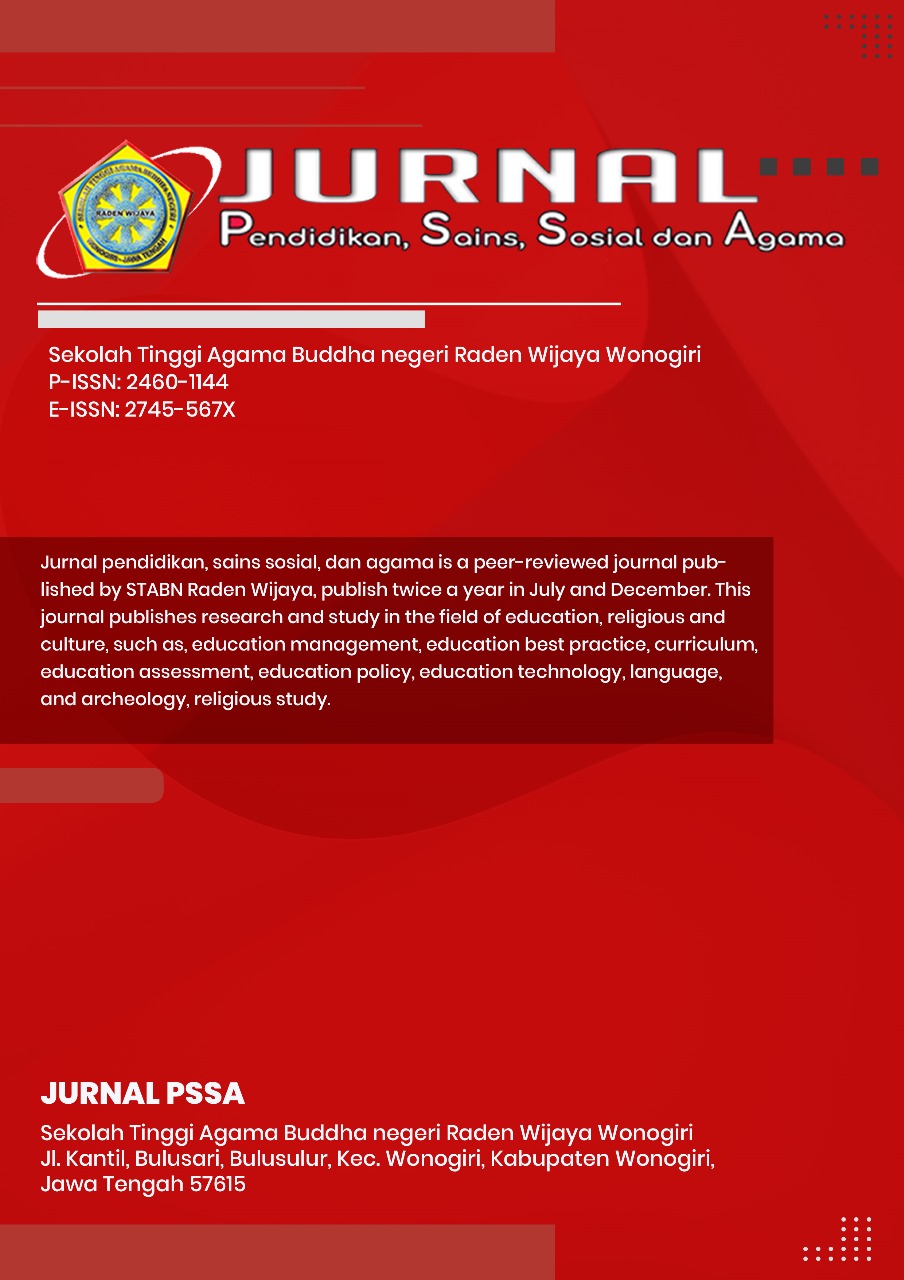Marketing Analysis Of Smallholder Oil Palm In Village Negeri Lama, Labuhanbatu Regency
Abstract
This article aims to analyze the marketing channels of smallholder fresh fruit bunches (FFB) of oil palm in Negeri Lama, Labuhanbatu Regency. The study focuses on the distribution structure, marketing functions performed by each actor, and the efficiency and profitability for farmers within two main marketing channels. To approach this problem, marketing efficiency theory, marketing margin, and market structure concepts are employed. Data were collected through questionnaires and in-depth interviews with farmers, agents, and RAMs, then analyzed using descriptive quantitative and qualitative methods. The results show that the majority of farmers (80%) market through indirect channels involving intermediaries, while only a small portion (20%) sell directly to the mills. Marketing functions such as transportation, packing, and sorting are mostly handled by agents and RAMs rather than farmers. This study concludes that direct marketing channels provide higher profit margins but require stronger logistics and better fruit quality. Therefore, strengthening farmer capacity and improving logistics infrastructure are key to enhancing marketing efficiency in the study area.
 DOI :
https://doi.org/10.53565/pssa.v10i1.2085
DOI :
https://doi.org/10.53565/pssa.v10i1.2085















